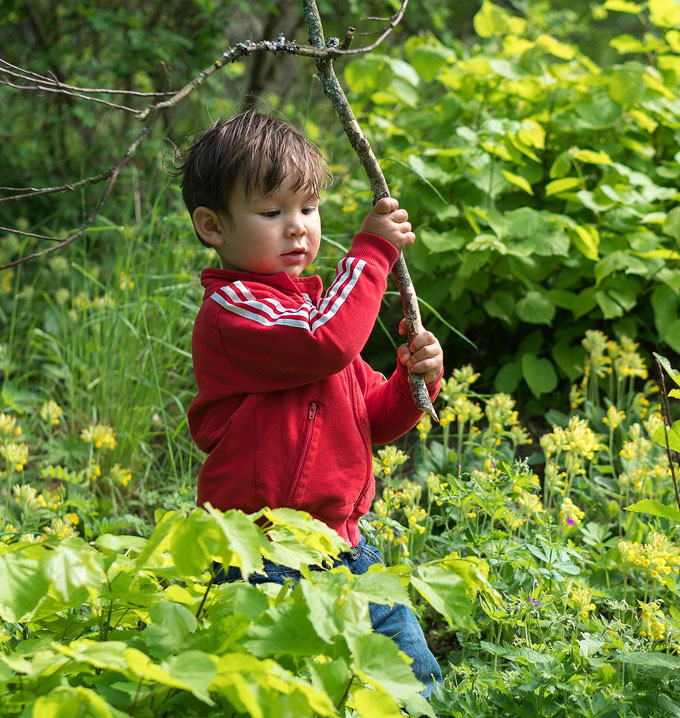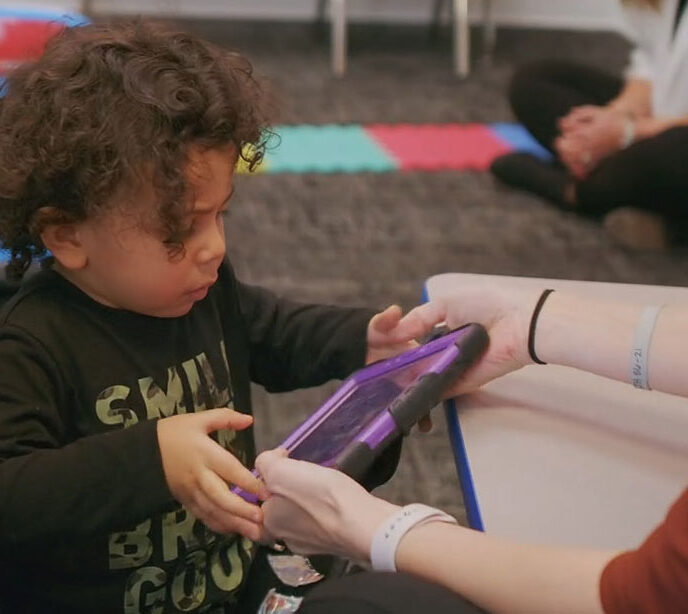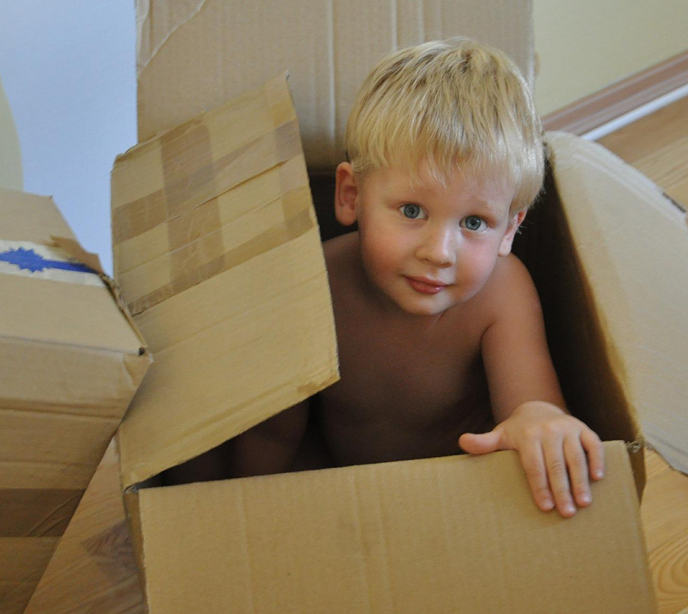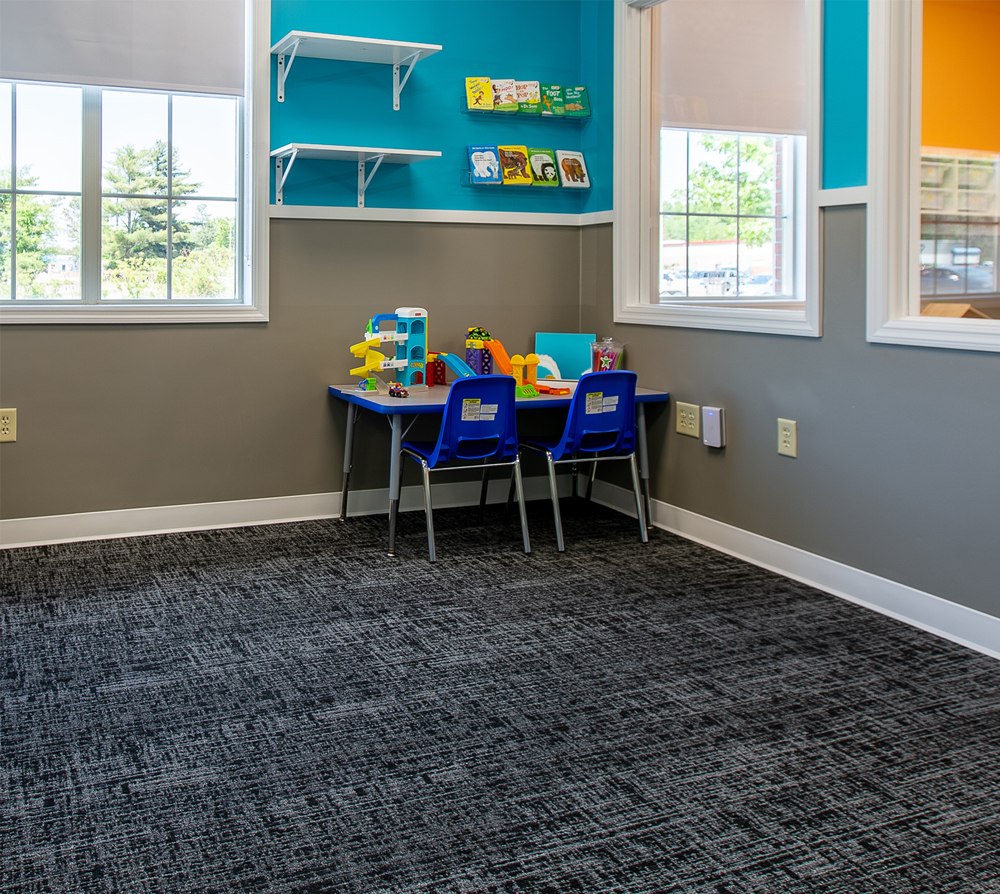Elopement – What Is It? – Lighthouse Autism Center
Elopement is something often spoken about in the autism community. We look at what it is, how to prevent it, and what to do if your child tends to run out in the community or at home.
Elopement – What Is It?
We often hear the term elopement when talking about autistic children. Find out what it is, why autistic children elope, how to prevent it, and what to do should your child elope.

What is elopement in autism?
Running away is a fairly well-known behavior in neurotypical children. It is often romanticized by a cute image of the little boy with his stick and wrapped lunch draped over his shoulder, moping along the railway tracks in an act of benign defiance.
Unfortunately, the reality is much grimmer. Every year, we are confronted with stories of children escaping the relative safety of their homes and schools, and their pictures end up on the proverbial milk carton or worse.
This scary and dangerous behavior is known as wandering and elopement. Though elopement isn’t uncommon for children in general, it is seen more often in autistic people and is often more of a safety concern.
According to the Centers for Disease Control (CDC) and the National Autism Association (NAA), the statistics on how many autistic individuals display elopement behavior are alarming:
- 49% of autistic children elope
- 35% attempt elopement at least once a week
- 33% of autistic elopers cannot communicate basic information like name, address, or phone number
- 90% of elopement deaths are drowning-related
- 42% of autistic elopements aged nine or younger end in death
These numbers are enough to drive any parent of children with Autistic Spectrum Disorder (ASD) to despair, and the link between autism and elopement is alarming. That said, you are not completely without options to reduce your child’s risk of becoming one of these statistics.
To mitigate the risk of losing your child or avoiding any harm, you must know the best elopement strategies for autism. You need to be clear on what eloping is, why ASD kids elope, watch for signs of elopement, take steps to prevent it, and, perhaps most importantly, know what to do if it does eventually happen.
Why do autistic children elope?
The underlying reasons for both autistic and allistic (non-autistic) children to elope are fairly similar. Usually, a child is either trying to escape something they do not like or want or pursuing something desirable.
According to a review of the assessment and treatment of elopement, Dr. Megan Boyle and Dr. Reesha Adamson of Missouri State University broke these two primary causes into four distinct reasons:
- To get away from a place, activity, or person (escape)
- To obtain access to an item, activity, or person
- To engage in an intrinsically pleasurable activity, such as running
- To gain attention
While these may seem fairly universal to all children, some children with ASD, depending on age and developmental level, may lack the mental acuity, awareness, and intuition to avoid danger and discern a threatening situation from a safe one.
This becomes even more dangerous when autistic children are non-verbal or non-responsive to unfamiliar stimuli, making it difficult for them to communicate with concerned passers-by or even potential predators.
Prevention is better than cure
It is never guaranteed that you can prevent your child from eloping. However, there are a number of strategies that you can implement to reduce the risk of elopement in autistic individuals with low support needs or excellent social skills. Having an elopement prevention plan is key.
Be vigilant
In most cases, caregivers or parents miss nuanced tell-tale signs that a child is about to elope. Keep an eye out for the following, especially if there is a history of elopement:
- Persistent glances at the door or exit.
- Signs of sensory overload or overstimulation.
- Fixation on objects, activities, or people outside or away from the safe environment.
- Plays for attention.
Communicate
There is a high risk of elopement in the autism community, and if you are aware that your child is an elopement risk, it is crucial to inform all caregivers and provide them with a list of elopement signs and signals to watch out for. In some cases, a child with ASD may display consistently calm and complacent pliant behavior, leaving caregivers with a false sense of security. Let them know that regardless of your child’s compliance, there is a high risk of elopement. You might also consider a list of the places or things they tend to elope to, just in case.
Functional Communication Training
Functional Communication Training (FCT) is a process in which autistic children are given alternatives to problematic behavior like elopement to get what they need. For instance, if they previously eloped to get attention, use FCT or communication tools to ensure they receive the right kind of attention in similar situations from their preferred person, possibly using visual aids as needed.
In the case of escape, do not reprimand or punish the child for eloping; rather, assess what about the situation triggered the elopement and change the situation accordingly. Where the child simply enjoys a particular item or activity and elopes to engage with it (like running or trying to access a particular toy), consider introducing scheduled events so the child can anticipate it without indulging the impulse to elope to fulfill the desire.
How to prepare for elopement
As mentioned earlier, elopement can be almost completely unavoidable despite your best efforts to prevent it. Thankfully, the CDC has created a list of tips to help you prevent elopement and aid in a prompt recovery should your child elope:
- Never leave your child unsupervised.
- Install specialized locks and alarms on doors.
- Attach GPS tracking devices that trigger an alert if your child wanders from a specific location and track their whereabouts.
- Inform neighbors, caregivers, family, etc., of your child’s propensity to elope.
- Sew all basic information into your child’s clothing, such as their name, address, and phone number.
- Increase vigilance when your child is exposed to a change in environment.
- Help your child familiarize themselves with your environment so they know of safe places and trustworthy adults in the area in case they get lost.
- Set up an emergency response plan.
- Walk your child through their portion of the emergency plan so that they know what steps to take in case they are separated from you for any reason.
- Teach your child safety commands such as “stop.”
- Teach your child to swim.
- Teach your child how to cross a street.
- Meet with any healthcare providers who understand your child’s unique situation and ask for their expert advice.
- Keep a current photo of your child at all times.
- Immediately call first responders.
Let Lighthouse Autism Center help you and your child
As the Midwest’s leading autism therapy institution, Lighthouse Autism Center provides world-leading autism resources alongside our groundbreaking Lighthouse Fusion ABA Therapy program, which fuses the best of ABA and speech therapy into a unique clinical model to help you and your child navigate the world.
Together, we can unlock your child’s potential
Related News

10/07/2025
PECS and Its Use in ABA Therapy – Lighthouse Autism Center
The picture exchange communication system, or PECS, is a teaching system that can help an autistic child or another individual with speech difficulties improve their communication skills. We take a look at PECS’ role in ABA therapy and unpack how it works. What Is the PECS System and How Is It Used In ABA Therapy? […]

08/13/2025
ABA Therapy Tips for Taking Your Autistic Child to the Dentist
Taking Your Autistic Child to the Dentist For any child, and even adults, a trip to the dentist can often be filled with anxiety, fear, and discomfort. For a autistic child, especially, these feelings can be even further heightened by sensitivities to noise, smell, and touch. To make this experience better for both the child […]

08/13/2025
Tips for House Hunting with Your Child on the Spectrum
Guidance for Families with Children with Autism when Moving Moving is always a stressful and complicated endeavor. But when you have a child on the autism spectrum, the thought of packing up your household and moving somewhere new can seem like a near-impossible task. Parents often worry that their children will get overwhelmed by this […]


